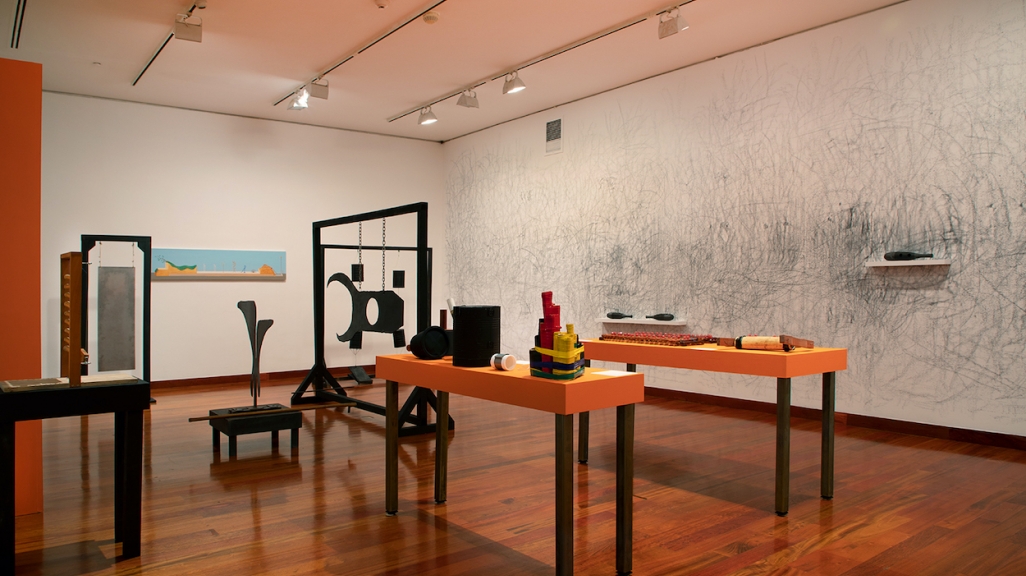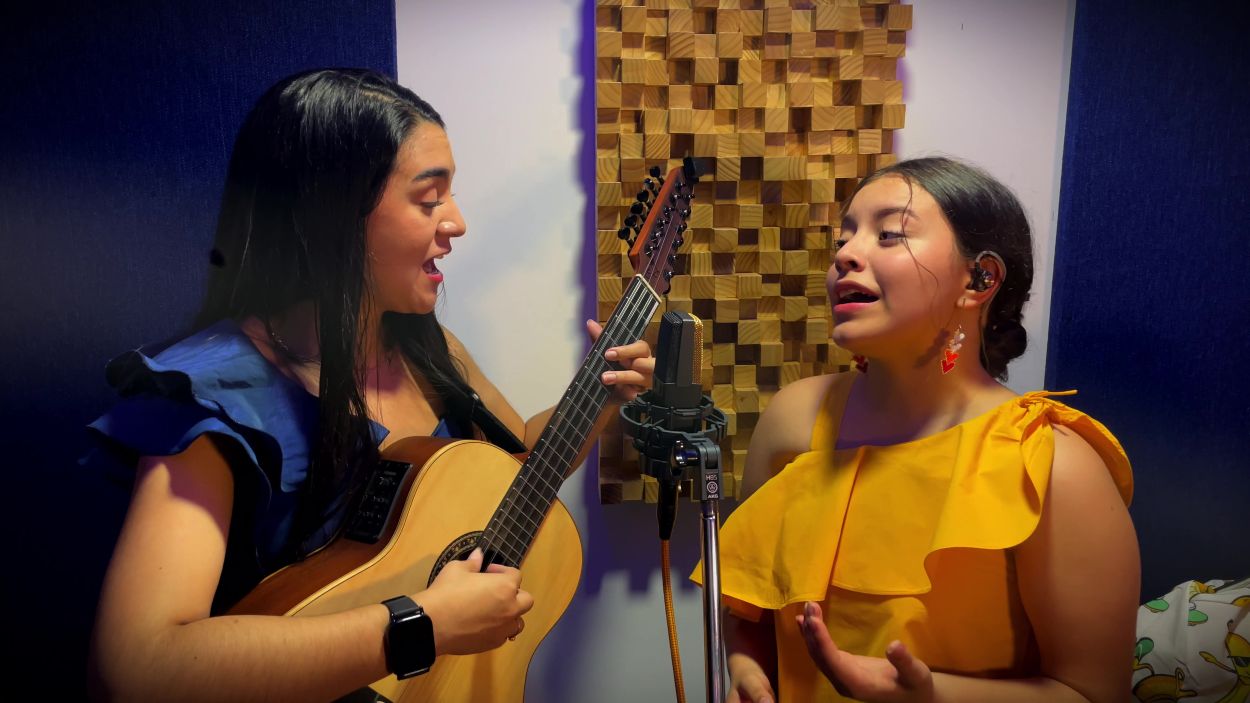4 Art Gallery Shows to See Right Now
4 Art Gallery Shows to See Right Now
"'The Spine of Music' offers a different, vaguely utopian model of peaceful no-rules anarchy, participation and silence," writes Martha Schwendener in The New York Times.
The rough and beautifully wrought objects in Joaquín Orellana’s “The Spine of Music,” at the Americas Society, resemble 20th-century modernist sculptures, but they are much more than this. Orellana, a Guatemala-based composer, calls them “útiles sonoros” or “sound tools,” and these objects, created from metal, wood, bamboo and plastic, can be activated by visitors using mallets and other implements. This is his first show in the United States, and the sound tools are accompanied by paintings, prints and videos by Carlos Amorales, María Adela Díaz, Akira Ikezoe and Alberto Rodríguez Collía.
Orellana, 90, studied classical violin and composition in Guatemala, then embracing the avant-garde work of Arnold Schoenberg and electronic music in Buenos Aires during the 1960s. The sound tools here mimic electronic music, like components in a synthesizer. There are the delicate, clinking sounds of the “Imbaluna” (1984) and the “Sinusoido grande” (1986) and “Sinusoido pequeño” (1996); bowed instruments that emit long, mournful tones; and others that release more violent or disturbing sounds…
If the instruments seem like merely entertaining crossovers between sculpture and sound, they are not. Music, Orellana reminds us, is political. “The Spine of Music” offers a different, vaguely utopian model of peaceful no-rules anarchy, participation and silence…









